Pipe Cleaning Training Panel
Categories: Engineering Lab EquipmentThe flushing process is intended to remove contaminants, for example the remnants of solder or sealant from the drinking water pipes. The individual pipe circuits must be flushed from bottom to top. I...
Product
Description
The flushing process is intended to remove contaminants, for example the remnants of solder or sealant from the drinking water pipes. The individual pipe circuits must be flushed from bottom to top. It is possible to observe the flushing action by means of transparent pipe sections. Flushing is performed via two lines that are connected to a cold water supply. Contaminants are introduced into the pipe system through openings with shut-off valves. Original plumbing components are used in the unit.
Learning Objectives/Experiments
Introducing contaminants into the system
Limitations of flushing according to technical regulations
Features
Pipe flushing according to DIN 1988 standards
Usage of original plumbing components
Contaminants can be introduced
Specification
Pipe flushing in accordance with DIN 1988
Cold water connection using hose
Usage of original plumbing components
Contaminants can be introduced into the pipe system via filling openings that can be shut off
Transparent pipe fittings enable optimal observation of the flushing process
Alternative accessories: flushing compressor (not included)
Technical data
Automatic mixer, thermostatic mixer
recommended flow pressure: 1…5bar
min. flow rate: 5L/min
max. water temperature: 80°C, with temperature safety stop
Two handle mixer
Simulated hot water preparation
Safety fittings
quick-action bleed valve
safety valve on the hot water preparation unit
Pipes: Cu / transparent plastic
2x cold water connection: Geka coupling 1”
10x hose connection with quick-release coupling
LxWxH: 1900x300x1300mm (panel)
Weight: approx. 100kg (panel)
quick overview :
The flushing process is intended to remove contaminants, for example the remnants of solder or sealant from the drinking water pipes. The individual pipe circuits must be flushed from bottom to top. It is possible to observe the flushing action by means of transparent pipe sections. Flushing is performed via two lines that are connected to a cold water supply. Contaminants are introduced into the pipe system through openings with shut-off valves. Original plumbing components are used in the unit.
Learning Objectives/Experiments
Introducing contaminants into the system
Limitations of flushing according to technical regulations
Features
Pipe flushing according to DIN 1988 standards
Usage of original plumbing components
Contaminants can be introduced
Specification
Pipe flushing in accordance with DIN 1988
Cold water connection using hose
Usage of original plumbing components
Contaminants can be introduced into the pipe system via filling openings that can be shut off
Transparent pipe fittings enable optimal observation of the flushing process
Alternative accessories: flushing compressor (not included)
Technical data
Automatic mixer, thermostatic mixer
recommended flow pressure: 1…5bar
min. flow rate: 5L/min
max. water temperature: 80°C, with temperature safety stop
Two handle mixer
Simulated hot water preparation
Safety fittings
quick-action bleed valve
safety valve on the hot water preparation unit
Pipes: Cu / transparent plastic
2x cold water connection: Geka coupling 1”
10x hose connection with quick-release coupling
LxWxH: 1900x300x1300mm (panel)
Weight: approx. 100kg (panel)
Product
Reviews
add Review
reviews
No Review Yet.
Copyrights © 2025 All Rights Reserved by Atico

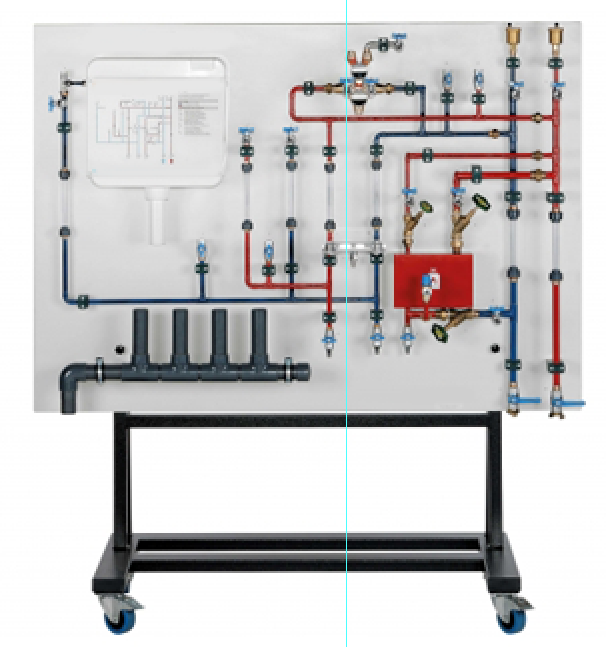




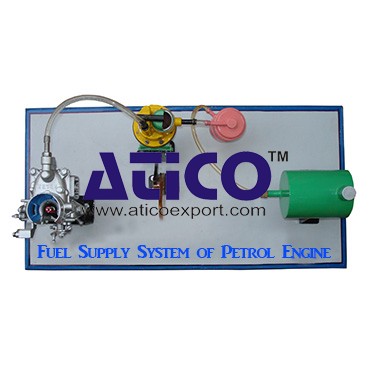

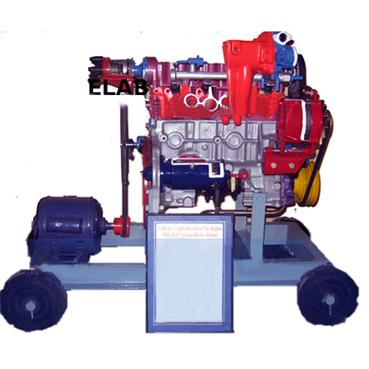
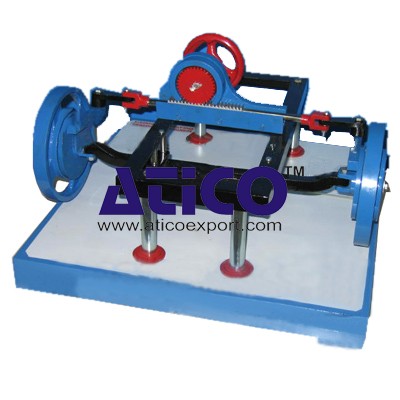


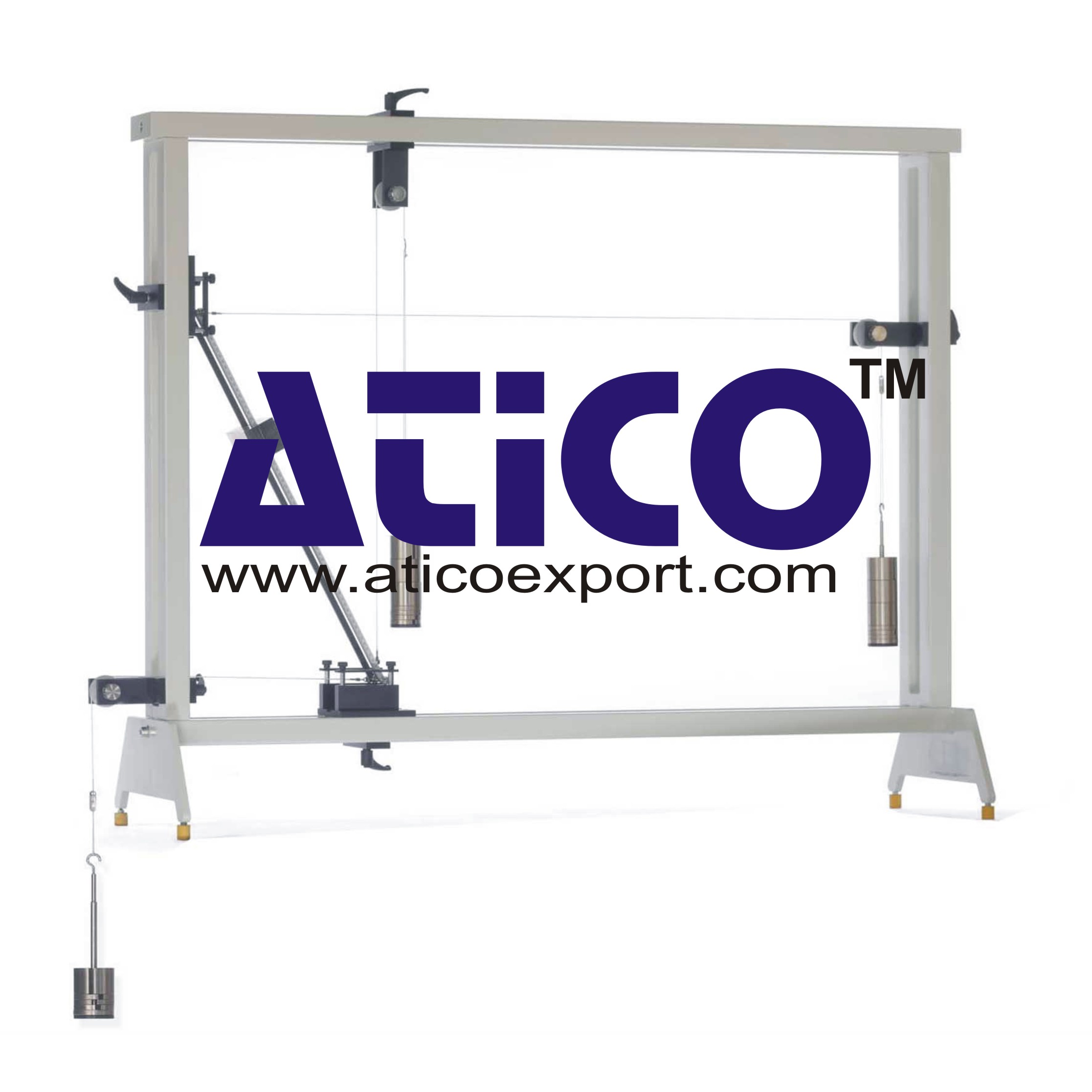
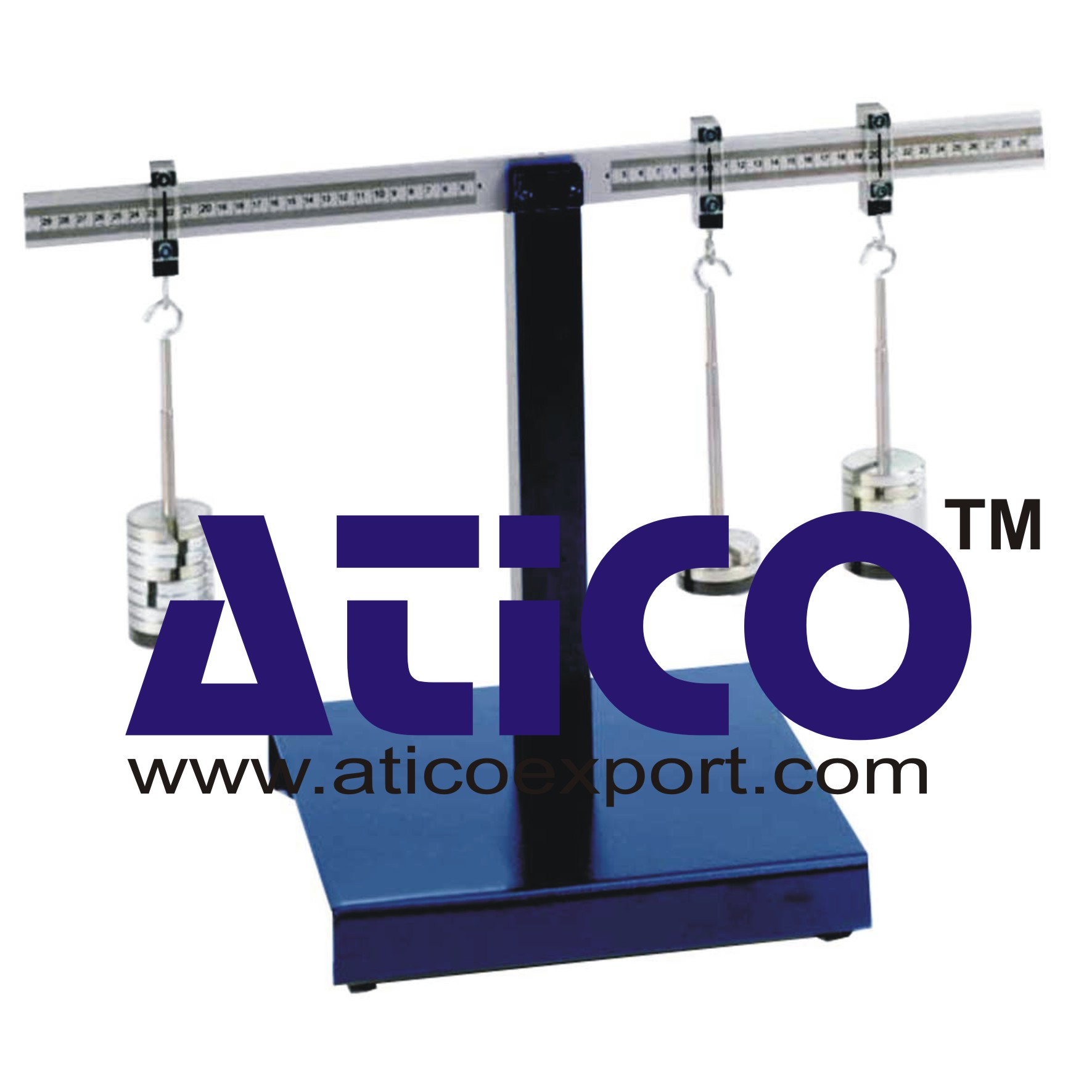
Product
Reviews
add Review
reviews
No Review Yet.